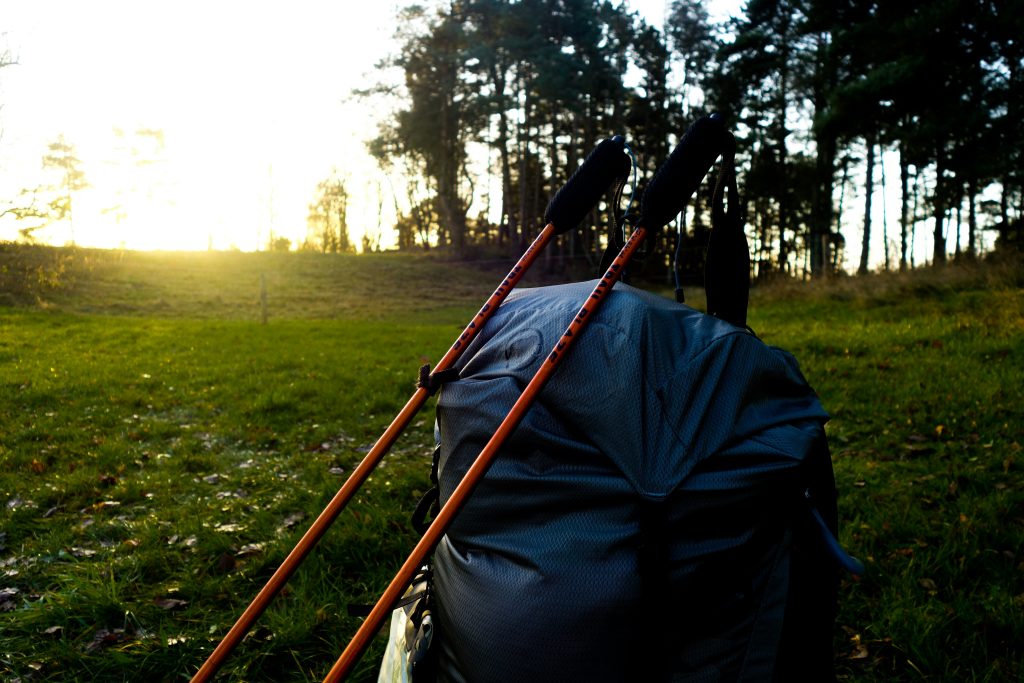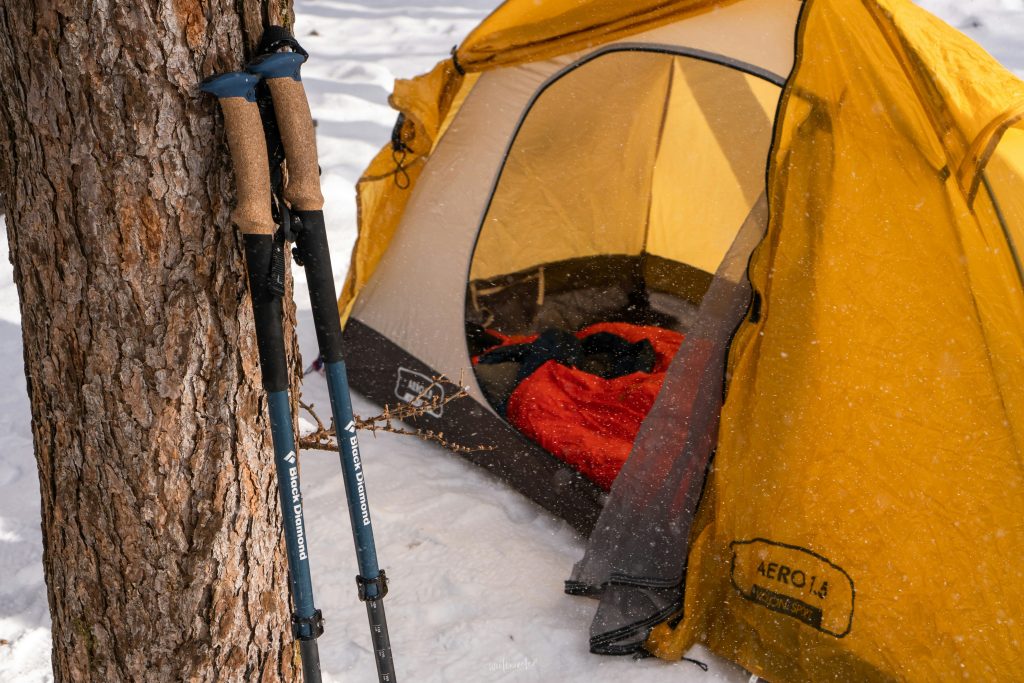Once considered an optional accessory, trekking poles are now essential gear for most hikers. They provide stability on uneven terrain, reduce impact on your knees during descents, improve balance on river crossings, and can even boost your endurance by engaging your upper body. But with a myriad of materials, locks, and features available, choosing the right pair can be confusing.
This 2025 guide will walk you through the critical factors to consider and provide detailed reviews of three highly-rated trekking pole models to help you make an informed decision for your next adventure.
Key Features to Consider in Trekking Poles
Understanding these core components will ensure you select poles that match your hiking style and terrain.

1. Material: Weight vs. Durability
The shaft material is the biggest factor in a pole’s weight, cost, and feel.
- Aluminum (e.g., 6061 or 7075): The most common material. It’s durable, affordable, and can bend under extreme stress instead of snapping. Ideal for most hikers, especially those who are rough on gear.
- Carbon Fiber: Lighter and stiffer than aluminum, reducing fatigue on long days. The trade-off is that it can be more expensive and may shatter or crack under a sharp, lateral impact.
2. Grip Material: Comfort in Your Hand
Your connection to the pole is crucial for comfort.
- Cork: Conforms to the shape of your hand over time and wicks away moisture, reducing the chance of blisters. A top choice for long-distance hikers.
- Foam: Provides a soft, comfortable grip and also absorbs sweat well. Excellent for warm climates and hikers who sweat profusely.
- Rubber: Offers a solid, non-slip grip but can get slick with sweat and is less comfortable for extended use. Often found on more budget-oriented models.
3. Locking Mechanism: Security and Ease of Use
This mechanism adjusts the pole’s length and must hold securely.
- FlickLocks (External Levers): A highly reliable and easy-to-use system with a lever that tightens around the shaft. Easy to adjust with cold or wet hands and simple to maintain.
- Twist Locks (Internal): A lighter and sleeker system. They can be prone to slipping over time and are harder to tighten or repair if the mechanism fails or gets clogged with dirt.
4. Shock Absorption
Some poles feature an internal spring mechanism that absorbs shock when the pole strikes the ground.
- Pros: Can reduce fatigue in wrists and elbows, especially on long, hard descents.
- Cons: Adds a small amount of weight and complexity (and cost). Some purists feel it reduces feedback from the trail.

Top 2025 Trekking Pole Picks from Amazon
After analyzing thousands of user reviews, here are three standout trekking pole models that deliver exceptional performance for their price point.
1. TrailBuddy Trekking Poles
The best all-around value for the money, offering proven reliability for casual and serious hikers alike.
- 👍 Pros:
- Exceptional Durability: Users consistently report these poles withstanding years of abuse on all types of terrain. The aluminum shafts are tough and reliable .
- Secure FlickLock System: The external lever locks are widely praised for being easy to adjust and never slipping, even when wet or cold .
- Excellent Accessories: Comes with multiple baskets (snow/mud) and rubber trekking tips for different surfaces, providing great out-of-the-box value .
- 👎 Cons:
- On the Heavier Side: While not overly heavy, they are heavier than carbon fiber alternatives, a minor trade-off for their renowned durability .
- Basic Cork Grips: The cork is of good quality but may feel less premium compared to grips on more expensive brands .
> > Check the TrailBuddy Trekking Poles on Amazon
2. Cascade Mountain Tech Carbon Poles
The undisputed champion for hikers seeking a super lightweight and affordable carbon fiber option.
- 👍 Pros:
- Unbeatable Lightweight Value: These are consistently highlighted as being incredibly light for their price, making them a favorite for ultralight backpackers and long-distance hikers .
- Solid Carbon Construction: Users are impressed with the stiffness and performance of the carbon fiber shafts, which rival models costing twice as much .
- Comfortable Cork Grips: The cork handles are a major selling point at this price, offering superior comfort and sweat-wicking .
- 👎 Cons:
- Potential for Damage: A small percentage of users have reported the carbon shafts being more susceptible to cracking from sharp impacts compared to aluminum .
- Twist Lock Concerns: While most users find the twist locks hold well, some report occasional slipping, requiring extra care to ensure they are fully tightened .
> > Check the Cascade Mountain Tech Carbon Poles on Amazon
3. Foxelli Carbon Fiber Trekking Poles
A feature-packed, lightweight pole that balances performance with smart design elements.
- 👍 Pros:
- Integrated Features: Users love the built-in shock absorbers for downhill sections and the built-in compass, which adds a touch of convenience and safety .
- Complete Kit: Comes with a wide array of accessories, including three sets of tips (mud, sand, rubber), making them ready for any environment right out of the box .
- Lightweight & Packable: The carbon fiber construction makes them easy to carry all day, and they fold down compactly .
- 👎 Cons:
- Grip Comfort: The EVA foam grips, while comfortable for many, are noted by some to be less durable and absorbent than premium cork over the very long term .
- Gimmicky Features for Some: The built-in compass is appreciated by many but considered a non-essential feature by purists who prefer a simpler, lighter pole .
Hi, roeddwn i eisiau gwybod eich pris.